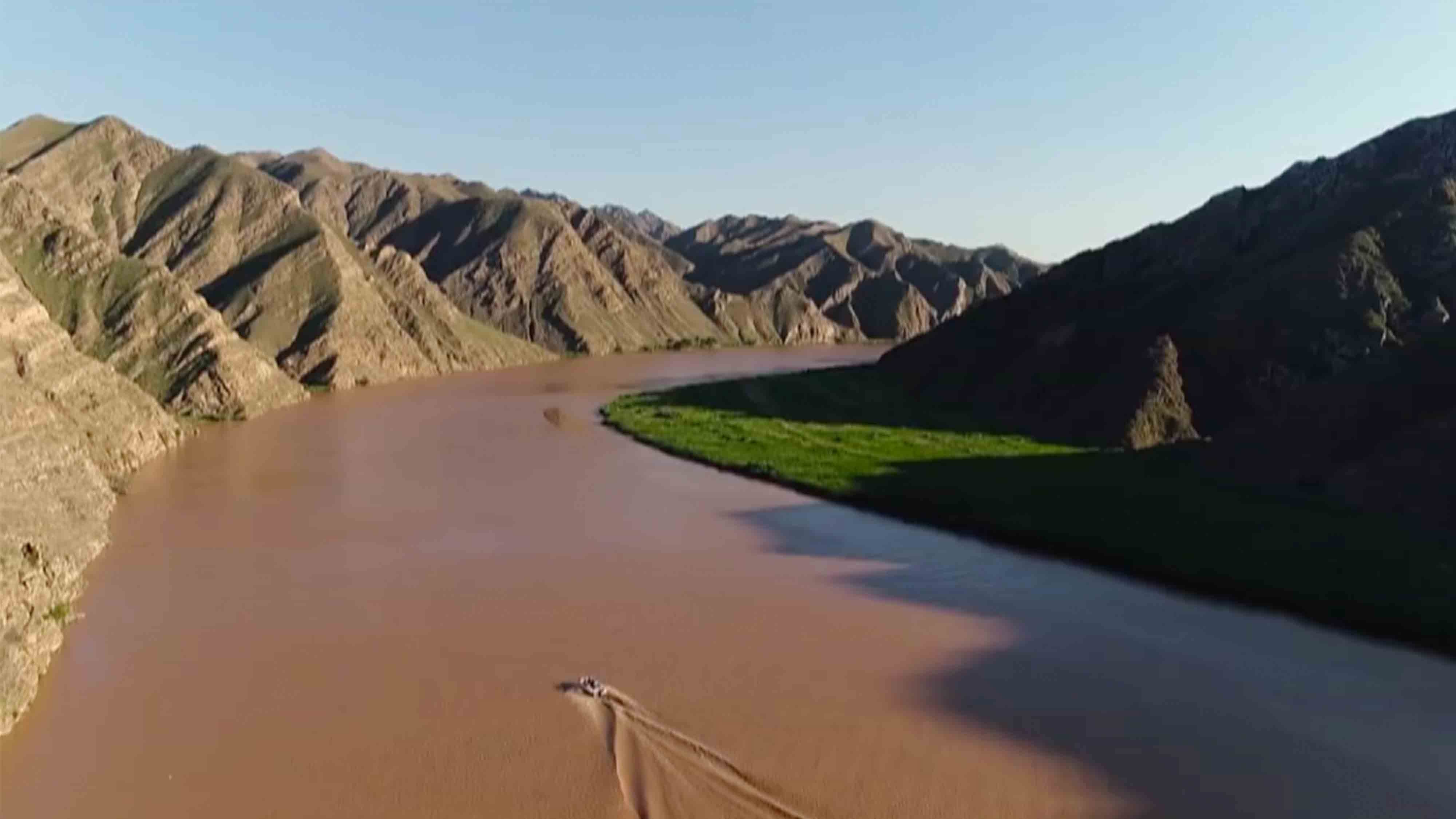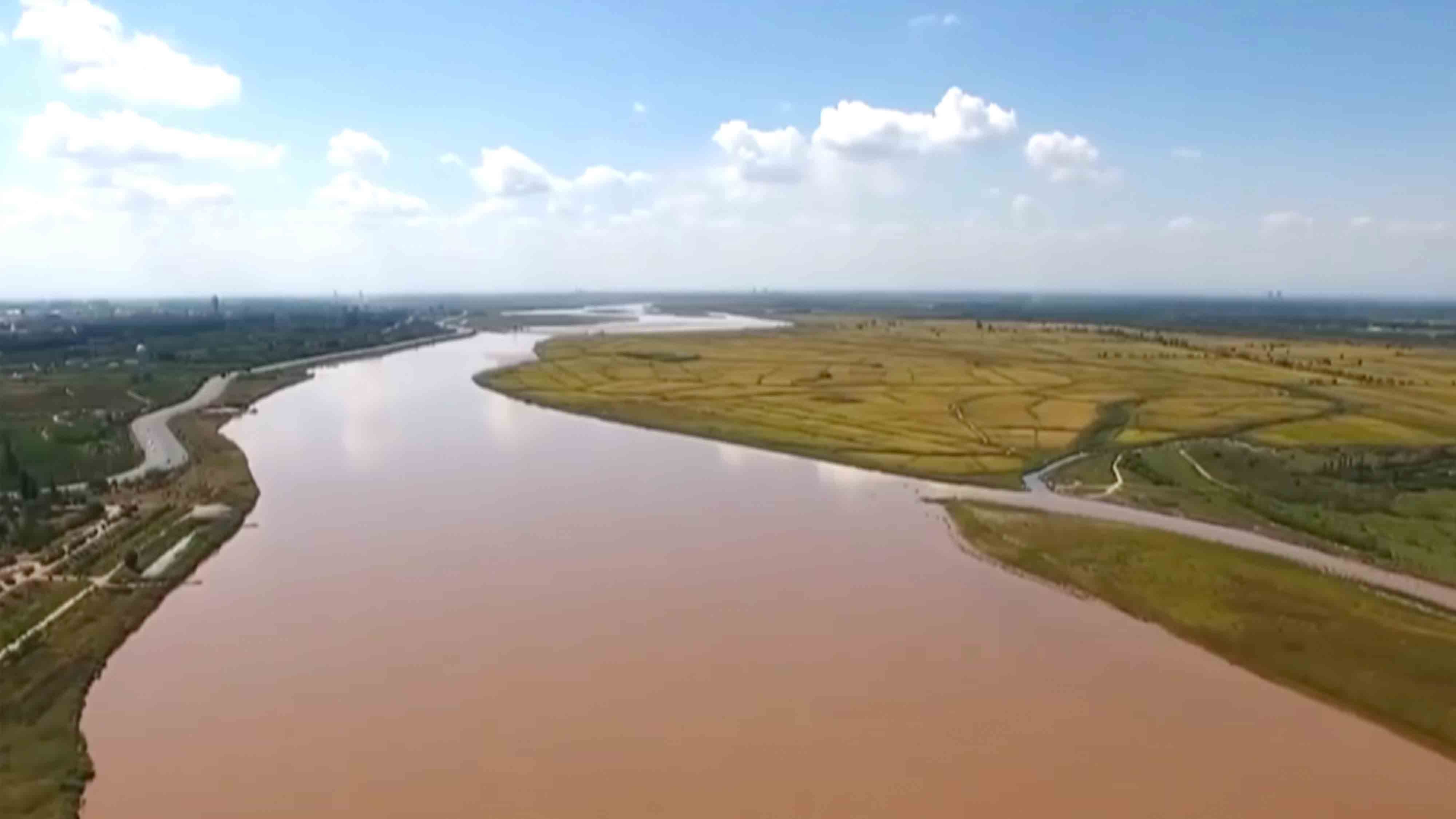
Culture
14:47, 11-Oct-2017
Three ancient Chinese waterworks get World Heritage nod
By Li Bin

Three more ancient Chinese irrigation projects were named World Heritage Sites at the ongoing International Commission on Irrigation and Drainage (ICID) in Mexico City on Tuesday night, bringing the country's total to 13.
The three newly enshrined sites are the Yellow River Irrigation System in northwest China's Ningxia Hui Autonomous Region, the Sanyan Irrigation Project in Hanzhong City in northwest China's Shaanxi Province, and the Huangju Irrigation Project in southeast China's Fujian Province.

Photo via people.com.cn
Photo via people.com.cn
The Yellow River Irrigation System dates back more than 2,000 years and is still benefiting people in the region.
Located in the arid and sub-arid region, Ningxia is embraced by desserts, making water extremely important.
The Yellow River flows through Ningxia for about 400 kilometers. By taking advantage of the special geological feature where the ground is lower than the water surface, people built a diversion dike in the Yellow River to channel the water into the canals built along its banks.

The Yellow River Irrigation System. /CGTN Photo
The Yellow River Irrigation System. /CGTN Photo
The outfalls of the canals were built much lower than the water inlets, enabling the water to flow naturally from the higher place to the ground with no extra forces needed and all the way to the corps fields.
"If it weren't for the utilization of the Yellow River, the area would be a desert zone. Ever since the utilization and effective development, the irrigation area increased and the population rose. The region has long kept a coordination of the land, population, environment and resources," said Chen Yuning, a professor at Ningxia University.

The Yellow River flows through Ningxia for about 400 kilometers. /CGTN Photo
The Yellow River flows through Ningxia for about 400 kilometers. /CGTN Photo
The Yellow River Irrigation System is also the oldest and largest irrigation project in China's northwest region. The canals have formed a huge network, with the main channels totaling more than 1,200 kilometers.
The recognition of irrigation heritages was initiated by the ICID in 2014 to better inherit and utilize ancient irrigation projects that are still functioning and to preserve the precious historical cultural heritages.

SITEMAP
Copyright © 2018 CGTN. Beijing ICP prepared NO.16065310-3
Copyright © 2018 CGTN. Beijing ICP prepared NO.16065310-3